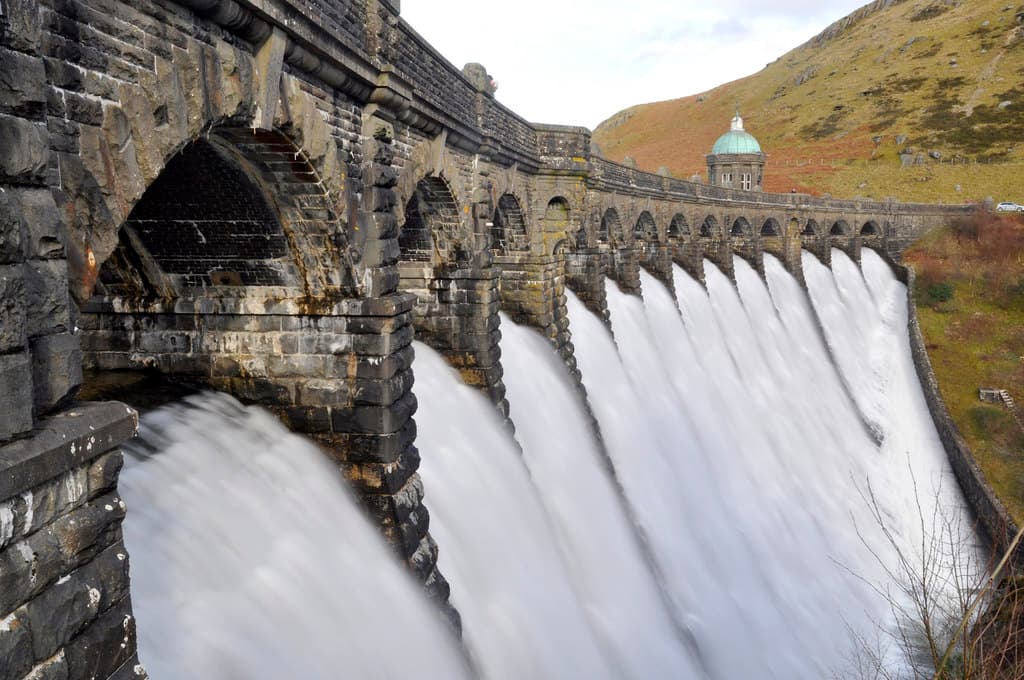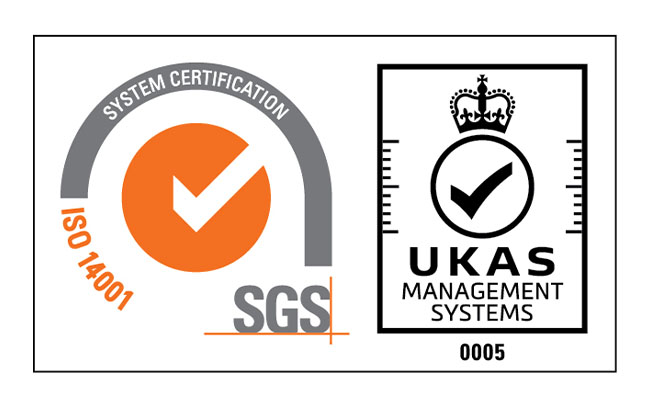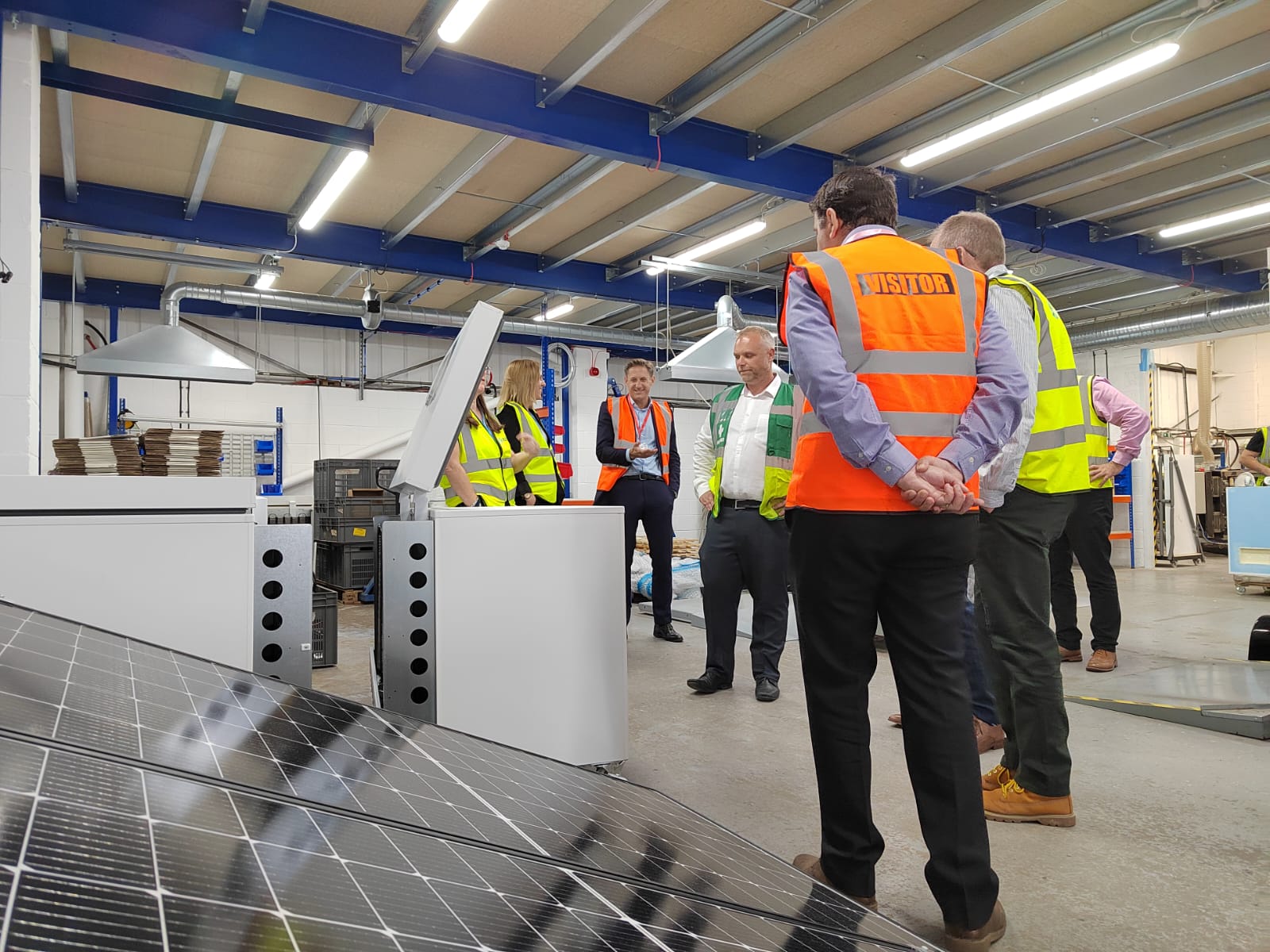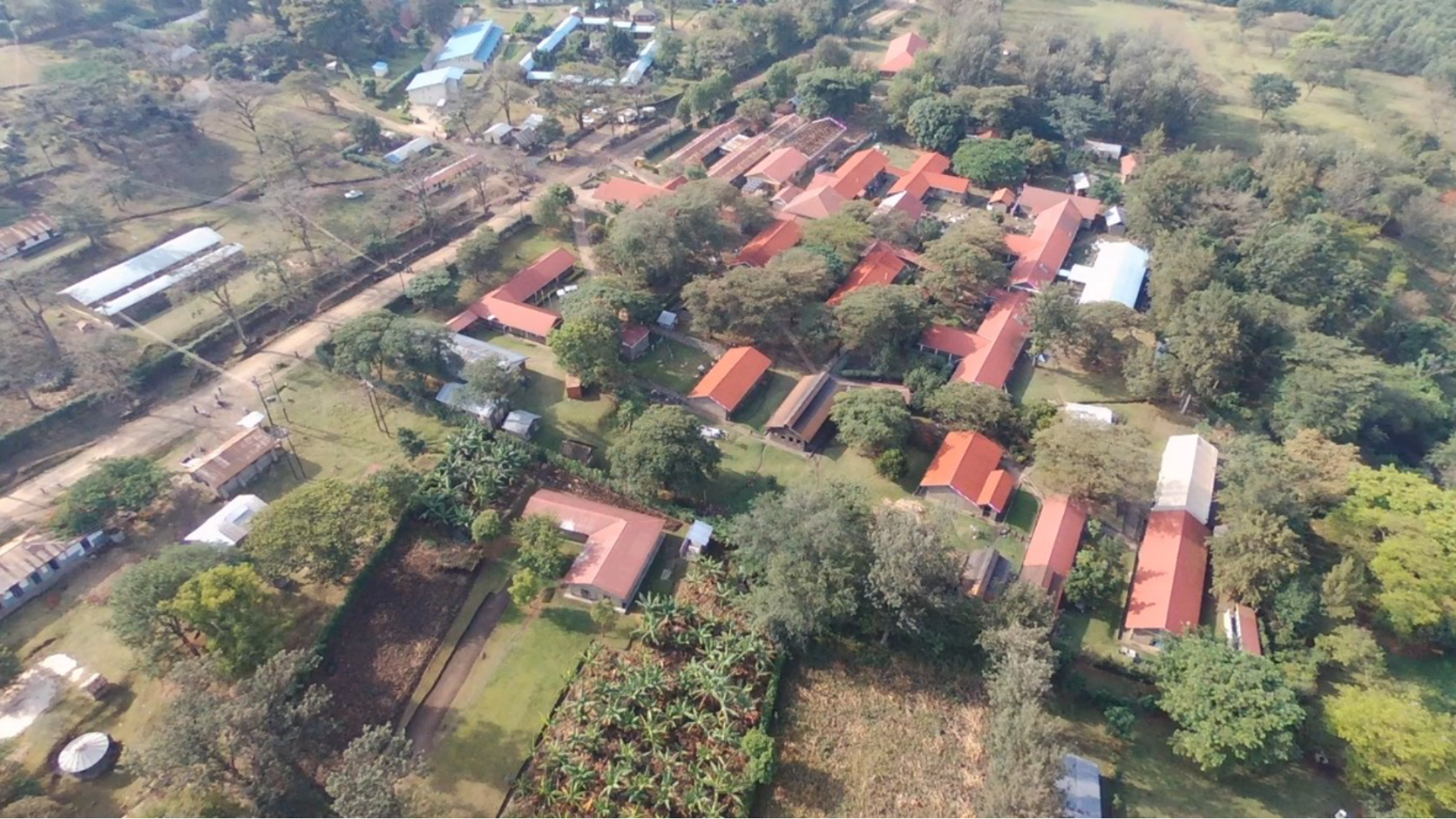Introduction
The Elan Valley in Mid Wales consists of a series of interconnected reservoirs, operated by Dŵr Cymru Welsh Water. The hydro systems currently in operation were built in the 1990s and, whilst they have served the owners well, much of the equipment was ageing analogue kit. As the schemes have aged, various control system components have failed or have become increasingly inaccurate or unreliable, leading to significant downtime impacting overall output. In addition to this, the individual schemes have been amended over the years in different ways resulting in significant variance between them, increasing the complexity of maintenance, fault finding and spares holding. Dŵr Cymru Welsh Water commissioned Dulas to design a new control strategy and install upgraded equipment to improve reliability, availability, and overall performance, as well as to make the layout and design of all four schemes’ control systems more consistent.
Streamlining operation
The approach taken was to upgrade and fine-tune the system rather than completely replace it, a far more cost-effective alternative to what would have been a lengthy and costly operation. Our recommendation involved upgrading software and hardware across all four schemes and consolidating the PLC code which controls the turbines.
Minimising downtime
Additional safety and monitoring devices were added to the schemes to minimise downtime. The environment in a hydro power house is often cold and damp – not ideal conditions for a large alternator. Damp and cold within the alternator can affect the insulation on the windings, which in turn affects winding resistance. Poor winding resistance can lead to alternator failure, which leads to high costs, long downtimes, lost production and repeated visits to sites. Before the upgrade, insulation resistance tests had to be manually conducted before each turbine was turned on, which required site visits and involved delays – some sort of automation was needed to relieve this production bottleneck.
Incremental changes
Some of the changes were made incrementally. For example, separate code blocks were written to enable the use of either new or old components, permitting the schemes to be available for operation between some component changes. Where possible, a discrete tranche of upgrade work was done to each scheme sequentially, enabling the schemes to return to service between stages of the upgrade process.
Working flexibly around generation potential
We scheduled downtimes for when water resources were low, so that the effect on overall generation would be minimised. The value of improved reliability will rapidly outstrip the cost of any downtime during the upgrade. For example, the upgrades conducted for Dwr Cymru/Welsh Water at Llyn Brianne in South Wales involved significant downtime, but this investment was paid back in just a matter of a few months.
Automation makes turbines more available
Dulas implemented automated safety checks by installing relays to monitor insulation resistance and added infra-red heaters. This means that, when the insulation resistance of the windings drops, the relay sends a signal to the heaters to switch on, which prevents the windings from getting cold and damp. Effectively, tests that previously had to be conducted by engineers on site are now automated – this means the turbines are more available, with less downtime and less likelihood of major winding failure. Ongoing automated safety checks help to ensure the windings are always warm, dry and available for operation and that, in turn, protects the generator. We were also able to improve the synchronisation routines across all the schemes by upgrading aging analogue components.
Adapting what’s already there
“This project was about optimising what was already there, moving the system into the digital age and ensuring maximum generation from the turbines with minimum human intervention, ensuring that the turbines are fit for the future. Dwr Cymru Welsh Water is a forward-thinking organisation that believes in investing in its assets and getting the most out of them so that it can, in its turn, pass this benefit onto the communities it serves. The Elan Valley schemes are now ready to generate more energy than ever before.
“This project demonstrates that optimisation is not necessarily about digging a new intake chamber, but rather adapting what you already have with discrete, inexpensive packages of work which will vastly improve online availability and the quality of the electricity you are generating. There are many hydro installations across the UK that could benefit from such packages. In fact, in the UK we are sitting on vast hydro resources which, if properly upgraded, could generate a lot of clean, reliable local energy. I really hope to see the hydro industry blossoming and fulfilling its true potential in the near future – it has a major role to play in getting us to net zero.”
Dulas Senior Project Manager
Fit for the future
The overall result is a vastly improved system which is highly autonomous and fit for the future. All the upgraded schemes are now more reliable and available and able to generate revenues that more than cover the investment in the upgrade. Additional benefits include less need for site visits and time-consuming re-calibration and adjustments of the systems. We are also able to gather more extensive and accurate data which enables improved analysis of the plant performance. Dulas also ensured that the updated control panels installed have scope for future upgrades built-in, thereby ensuring that the systems will be fruitful for years to come.
“Welsh Water has been very impressed with the comprehensive improvements delivered on site. These enable the turbine assets to protect themselves against the ambient conditions without relying on excessively heating unoccupied buildings when humidity/temperatures do not require additional heat input. Reliable remote data on turbine condition also helps diagnose asset faults and will, combined with the automation improvements now in place, allow for increased run hours each year to contribute to Welsh Water’s Net-Zero targets by increasing renewable electricity generation.”








